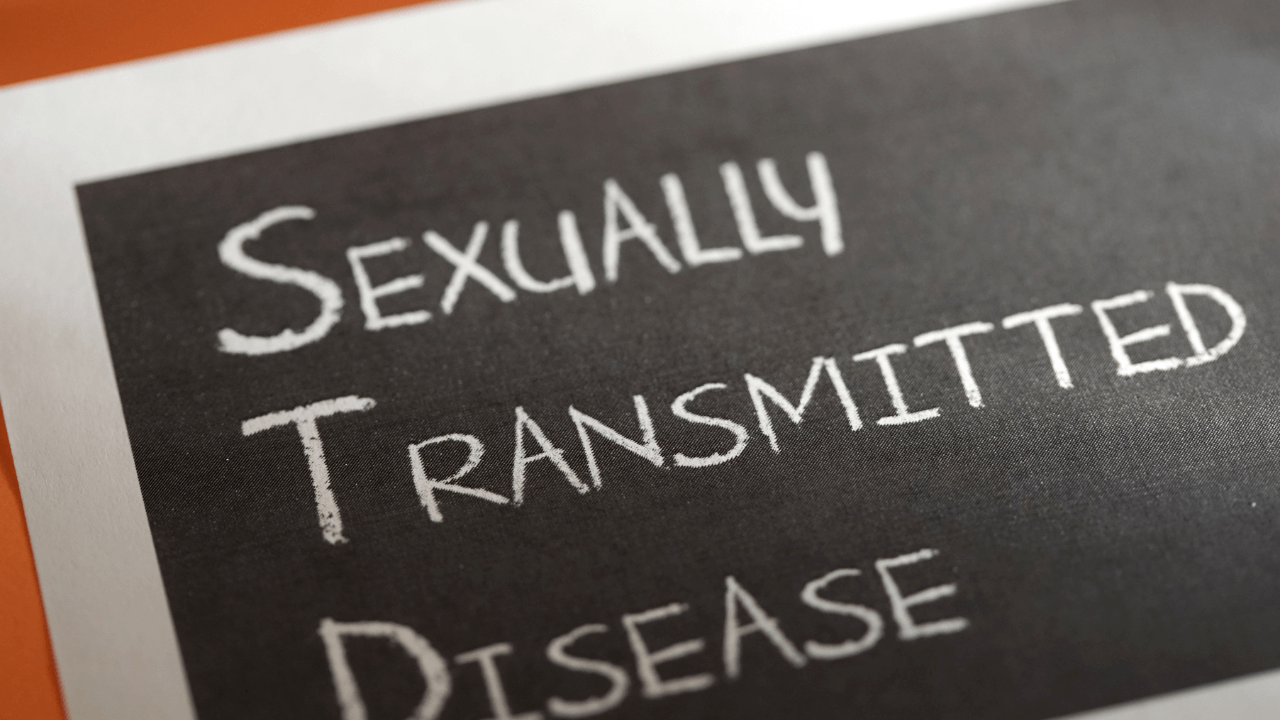In today’s world, understanding sexually transmitted diseases (STDs) and practicing safe sex is more crucial than ever. STDs are on the rise, affecting millions of people globally.
Despite the wealth of knowledge available, one unsettling fact remains: the world of pornography often neglects to portray safe sex practices, inadvertently contributing to an STD problem. This has been the case in France with their very successful vidéo porno.
This blog post aims to shed light on what STDs are, how they spread, and most importantly, how to protect yourself and your partner through safe sex practices. Let’s embark on this important journey to knowledge and safer living.
What are STDs?
Sexually transmitted diseases, or STDs, are infections that spread through sexual contact. They can affect anyone, regardless of age, gender, or sexual orientation. STDs are caused by various bacteria, viruses, and parasites.
Some of the most common STDs include gonorrhea, chlamydia, syphilis, herpes, HPV (human papillomavirus), and HIV/AIDS. These infections can have serious health consequences if left untreated.
Causes and Transmission
Understanding how STDs are transmitted is essential to prevent their spread. Most STDs are transmitted through:
Sexual Contact: Unprotected vaginal, anal, or oral sex with an infected person can lead to transmission.
Blood-to-Blood Contact: Sharing needles or coming into contact with infected blood can spread bloodborne STDs like HIV and hepatitis.
From Mother to Child: Some STDs can be transmitted from an infected mother to her baby during childbirth or breastfeeding.
Several risk factors increase the likelihood of contracting STDs. These include engaging in unprotected sex, having multiple sexual partners, using drugs, and lack of awareness about STDs. To protect yourself, it’s crucial to practice safe sex and get regular STD testing.
Safe Sex Practices
Abstinence: The only foolproof way to prevent STDs entirely is to abstain from sexual activity. Abstinence means refraining from any sexual contact.
Proper Condom Usage: Condoms act as a barrier that reduces the risk of STD transmission. When using condoms, it’s important to choose the right size and apply them correctly. Make sure the condom is intact and has not expired.
Open Communication: Honest communication with your sexual partner is key. Discuss your sexual history, STD testing, and use of protection before engaging in sexual activity.
Vaccinations: Some STDs are preventable through vaccinations. For example, the HPV vaccine can protect against certain types of HPV that can lead to cervical cancer and other health issues. Hepatitis B vaccination is another important preventive measure.
STD Symptoms and Testing
STDs don’t always show symptoms, making regular testing vital. Common symptoms include:
- Unusual genital discharge
- Pain or discomfort during sex or urination
- Genital sores or warts
- Painful or swollen lymph nodes
- Flu-like symptoms
If you experience any of these symptoms, or if you’ve had unprotected sex with a new partner, it’s crucial to seek medical advice and get tested. Testing options include home testing kits and clinic-based testing.
Home testing kits offer convenience and privacy, while clinic-based testing provides professional guidance.
STD Prevention Beyond Condoms
Monogamy and Mutual Fidelity: Staying in a monogamous relationship where both partners are faithful to each other can significantly reduce the risk of STD transmission.
Reducing the Number of Sexual Partners: Limiting your sexual partners reduces your exposure to potential infections.
PrEP (Pre-Exposure Prophylaxis): PrEP is a medication that can lower the risk of contracting HIV for individuals at high risk. Consult a healthcare professional to see if PrEP is right for you.
Education and Awareness Campaigns: Staying informed and educating others about STDs and safe sex practices is a powerful way to prevent their spread. Join or support local awareness campaigns and organizations.
Dealing with an STD Diagnosis
Receiving an STD diagnosis can be emotionally challenging, but remember, many STDs are treatable. Here’s what to do if you receive a positive diagnosis:
Emotional Impact: Understand that STDs do not define you. Seek emotional support from friends, family, or support groups.
Informing Sexual Partners: It’s essential to inform your current and past sexual partners so they can get tested and, if necessary, receive treatment.
Seeking Treatment: Consult a healthcare professional for the appropriate treatment. Many STDs can be cured with antibiotics, while others can be managed with medication.
Support Resources: Seek support from local healthcare providers, counseling services, or STD-specific organizations for guidance and emotional support.
Conclusion
In conclusion, understanding STDs and practicing safe sex is crucial for maintaining your sexual health and preventing the spread of these infections.
By following safe sex practices, getting regular STD testing, and staying informed, you can protect yourself and your partners.
Remember, knowledge is power, and by sharing this information, you can contribute to a safer, healthier community.
Additional Resources and References
For more information on STDs, safe sex practices, and testing options, please visit the following reputable resources:
References:
Remember to share this valuable information with your friends and loved ones to promote safer and healthier living.


Leave a Reply